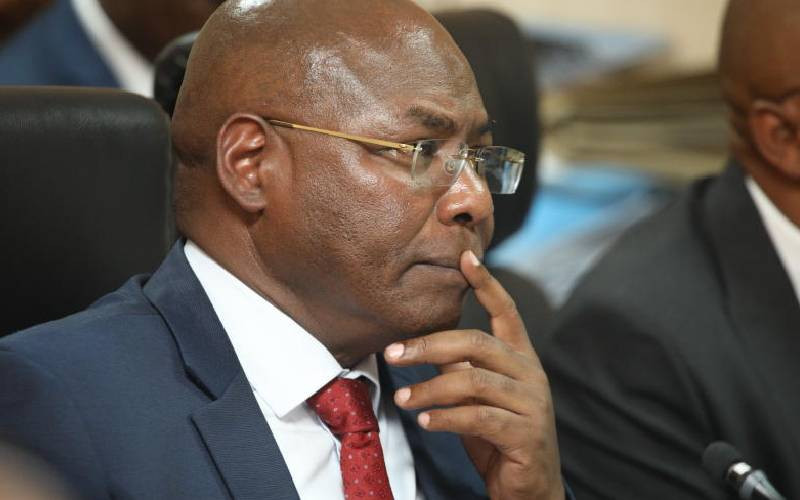
Kenyans are shifting from beer to cheaper but dangerous drinks, shows the United Nations 2018 global alcohol report.
The report released during this week’s UN General Assembly in New York, attended by President Uhuru Kenyatta, shows Kenyans shifting to dangerous alcohol since 2014.
In the 2014, UN global alcohol and health report, 56 per cent of Kenyan drinkers took beer with only 20 per cent going for cheaper informal alternatives.
Four years later, the number of Kenyans taking alternative drinks has nearly doubled, to 37 per cent while those consuming beer dropped to 40 per cent.
The UN Global status report on alcohol and health 2018, published every four years, comes barely a month after a similar survey concluded there is no amount of alcohol safe for human health.
However, while the August report, funded by Bill and Melinda Gates Foundation, had missed out on unrecorded alcohol and let out Kenyans as modest drinkers, this data has been captured in the new World Health Organisation (WHO) report.
The WHO report classifies informal, unrecorded, traditional, illicit and second generation alcoholic drinks as alternatives or others. It shows the use of such drinks to be on the rise in Kenya.
It also shows the informal alcohol to be poorly regulated and even where regulations are in place to be poorly implemented.
Last year, a study by local and Germany drug and poisons experts found Kenyans to have shifted to harder alcohols than ever before.
The researchers found alcohol content in drinks being consumed in Nairobi to be way above the safe levels for human health. The study reported alcohol strength in many legal spirits being up to 60 per cent above the recommended 40 per cent.
Kill me quick?
Alcohol strength in most of the chang’aa was up to 86 per cent compared to the recommended 35 to 57 per cent alcohol content by volume.
However, the number of Kenyans drinking formal or recorded spirits and wines, the UN report shows has not changed much since 2014 standing at 21 per cent and two per cent respectively.
But even as Kenyans move to informal drinks the report shows the number of alcohol related health complications like liver cirrhosis and cancers have increased including road accidents and violence during the four year period.
The number of years lost due to the use of alcohol among young Kenyan males has doubled to four since 2014.
Despite the shift, Kenyans still remain the highest consumers of beer in East Africa compared to Uganda and Tanzania.
But in terms of pure alcohol drinking, Kenya is still modest in the continent at 3.4 per cent compared to Uganda at 9.5 per cent, Tanzania 9.4 per cent, South Africa 9.3, Rwanda 9 per cent and topping all in Africa is Nigeria at 13.4 per cent.
In Uganda consumption of indigenous alcohol stands at 86 per cent, 91 per cent in Nigeria and 82 per cent in Rwanda.
Globally the highest alcohol consumption was recorded in Maldova at 15.2 per cent, Lithuania 15 per cent with dramatic declines in Russia from 16.7 per cent in 2005 to 11.7 per cent.
www.rocketscience.co.ke
 The Standard Group Plc is a multi-media organization with investments in media platforms spanning newspaper print
operations, television, radio broadcasting, digital and online services. The Standard Group is recognized as a
leading multi-media house in Kenya with a key influence in matters of national and international interest.
The Standard Group Plc is a multi-media organization with investments in media platforms spanning newspaper print
operations, television, radio broadcasting, digital and online services. The Standard Group is recognized as a
leading multi-media house in Kenya with a key influence in matters of national and international interest.











